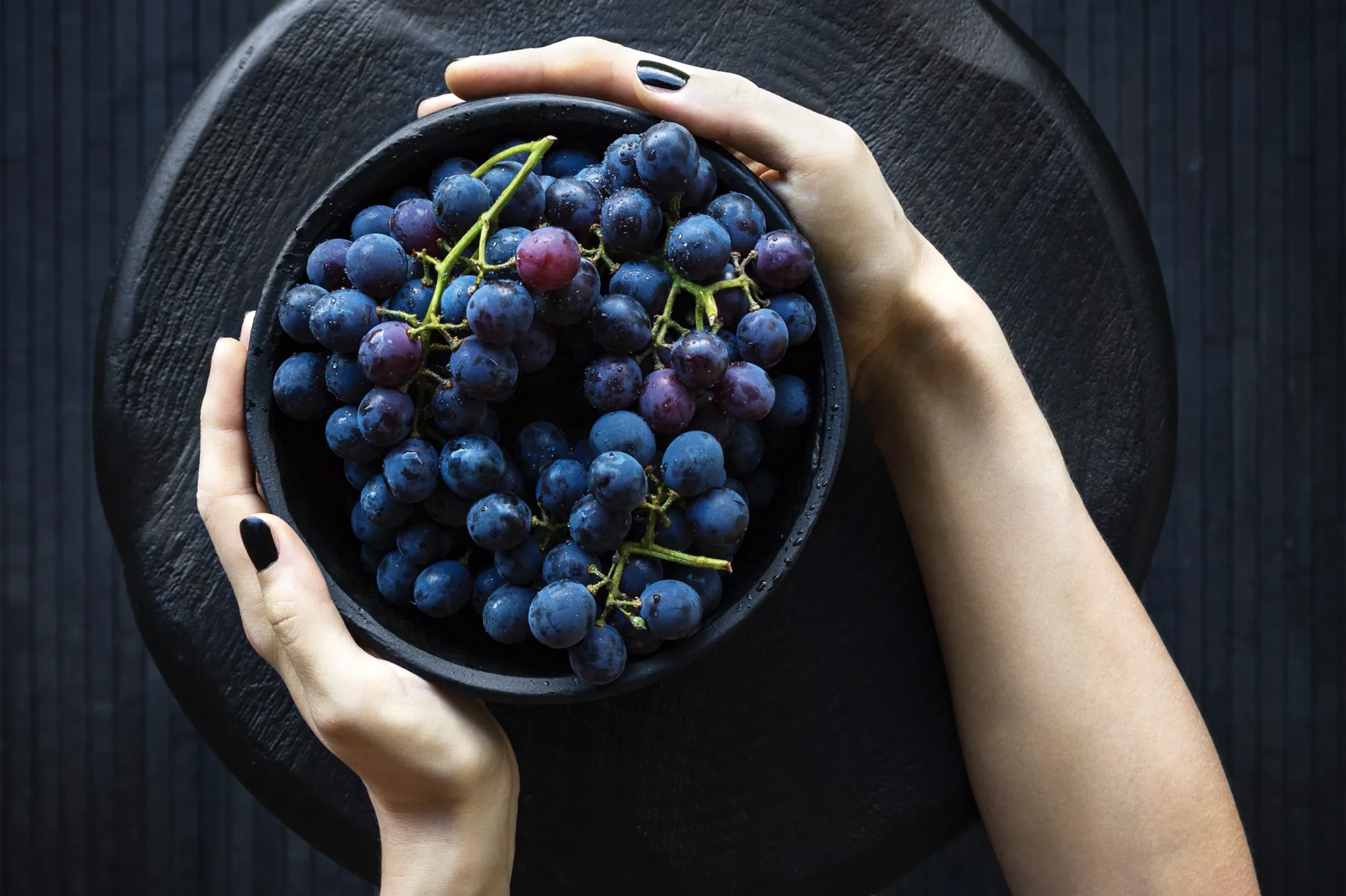Sweetness in Wine
Where does sweetness in wine come from and how does it affect the flavour of the wine?

Where does sweetness in wine come from and how does it affect the flavour of the wine?
Yeast
Sugar in wine comes from the grapes used to make said wine.
In very basic terms, the grapes are pressed to release the juice – the sugar is contained in the flesh of the grapes; yeast then munches on the sugar and creates alcohol and C02 plus a number of other things which we won’t get into now.
When there is no more sugar for the yeast to eat the wine is fully fermented or dry.
Sugar (grapes) + Yeast > Carbon Dioxide + Alcohol
Winemaker
The winemaker makes a decision on how they would like their wine to taste.
If they want there to be any sugar leftover from the grapes (known as residual sugar or RS), which will add body and sweetness to the wine, there are a number of ways to do this.
This is generally done based on the style of the wine they would like to make – but it can also be down to the quality of the grapes.
A lot of cheaper wines or bulk wines will leave a certain amount of RS in the wine as this will make them taster fuller-bodied and fruiter.
Fortified wines
By increasing the level of alcohol before the fermentation has finished wine will be sweet as the yeast will be killed by the high alcohol leaving sugar unfermented.
Concentration of sugars
This can be achieved in a number of ways – but effectively you are removing the water in the grape juice so the sweetness level is increased.
Most of these methods will also change the flavour of the wine as well.
Drying the grapes - We see this in wines like Pedro Ximenez and Valpolicella Recioto. Think raisins. This can either be done on the vine or after the grapes have been picked.
Botrytis Cinerea – this is a fungus that attacks the skins of the grapes and perforates the skin allowing water to evaporate, this is also linked to very specific weather conditions. Sauternes and Trockenbeerenauslese (TBA) are stunning examples of this.
Frozen - Not the musical with the odd dancing snowman. Icewine or Eiswein are sweet wines that are made by allowing the grapes to ripen and then leaving them until they freeze on the vine. They are then picked and very quickly processed so when the grapes are pressed to release the juice the water remains behind as ice crystals in the skins.
This gives you a very sweet, concentrated varietal sweet wine.
Addition of Sugar
In some regions, it is permitted to add sugar to your grape juice to balance out the acidity if the grapes haven’t been able to ripen fully due to climactic influence – think cooler regions. Although this is done to increase the sugar for fermentation not to make the wine sweeter – it is called Chaptalisation.
Liquer d’expedition or Dosage – this is what Champagne makers can add to their wine to balance the acidity or make a demi-sec style.
Winemakers can also add unfermented grape juice to their wines to sweeten them when the acidity levels are too high – this is commonly seen in some German Rieslings and Sparkling wines.
How do we measure sweetness in wine?
This is all very good but there is no legal requirement for wine producers to indicate how much sugar is in the wine.
Some will put the sugar levels on the label – either in grams per litre or as a percentage.
Grams per litre – 10g/l = 1%
But most don’t bother.
Sweetness is something that can only be detected on the palate – our tongues have sweet receptors.
It can never be identified on the nose. If you do think you are smelling sweetness on the nose then it is likely you will be picking up an aroma that you identify with sweetness – such as vanilla, mango, or caramel.
Fancy a long read on how our senses work in regards to tasting? https://www.thedrinkschool.co.uk/post/the-science-of-tasting
Professionally trained wine tasters can identify sugar in wines as low as 0.2% or 2g/l, whereas most people can’t detect it below 1.5% or 15g/l – this is an exercise we conduct in our WSET L1 courses.